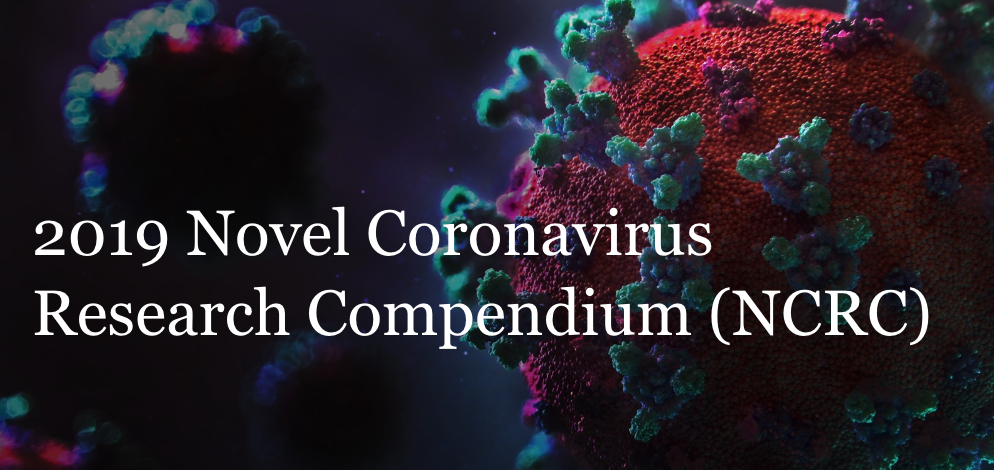Shedding of infectious SARS-CoV-2 despite vaccination
This article has been Reviewed by the following groups
Discuss this preprint
Start a discussion What are Sciety discussions?Listed in
- Evaluated articles (ScreenIT)
- Evaluated articles (NCRC)
- High interest articles (NCRC)
Abstract
The SARS-CoV-2 Delta Variant of Concern is highly transmissible and contains mutations that confer partial immune escape. The emergence of Delta in North America caused the first surge in COVID-19 cases after SARS-CoV-2 vaccines became widely available. To determine whether individuals infected despite vaccination might be capable of transmitting SARS-CoV-2, we compared RT-PCR cycle threshold (Ct) data from 20,431 test-positive anterior nasal swab specimens from fully vaccinated (n = 9,347) or unvaccinated (n = 11,084) individuals tested at a single commercial laboratory during the interval 28 June– 1 December 2021 when Delta variants were predominant. We observed no significant effect of vaccine status alone on Ct value, nor when controlling for vaccine product or sex. Testing a subset of low-Ct (<25) samples, we detected infectious virus at similar rates, and at similar titers, in specimens from vaccinated and unvaccinated individuals. These data indicate that vaccinated individuals infected with Delta variants are capable of shedding infectious SARS-CoV-2 and could play a role in spreading COVID-19.
Article activity feed
-
-

Our take
In this small study, available as a preprint and thus not yet peer reviewed, researchers found that vaccinated individuals from a single county in Wisconsin may have the same level of SARS-CoV-2 RNA in nasal secretions than unvaccinated individuals based on comparisons of cycle threshold (Ct) values. Information as to the vaccine manufacturer in the case of vaccinated individuals was not included in this preprint. However, this study cannot be used to conclude the infectiousness of the Delta variant from vaccinated individuals without further microbiological testing to compare amount of viable virus being shed, as other studies have suggested that vaccinated individuals shed less viable virus. In addition, this study cannot be used to inform the rate of breakthrough infections from the delta variant given no …
Our take
In this small study, available as a preprint and thus not yet peer reviewed, researchers found that vaccinated individuals from a single county in Wisconsin may have the same level of SARS-CoV-2 RNA in nasal secretions than unvaccinated individuals based on comparisons of cycle threshold (Ct) values. Information as to the vaccine manufacturer in the case of vaccinated individuals was not included in this preprint. However, this study cannot be used to conclude the infectiousness of the Delta variant from vaccinated individuals without further microbiological testing to compare amount of viable virus being shed, as other studies have suggested that vaccinated individuals shed less viable virus. In addition, this study cannot be used to inform the rate of breakthrough infections from the delta variant given no denominator of all vaccinated individuals was included.
Study design
cross-sectional
Study population and setting
This study compared SARS-CoV-2 threshold cycle (Ct) values by self-reported vaccination status from a convenience sample of 83 individuals with COVID-19 between June 28, 2021 and July 24, 2021 in Dane County, Wisconsin. Information as to the vaccine manufacturer in the case of vaccinated individuals was not reported in this preprint. An additional 208 samples from COVID-19 positive individuals from outside Dane County were considered in secondary analyses. For all samples, Ct values were determined by a semi-quantitative PCR assay in the same commercial laboratory. A subset of the of the specimens (50/291) were sequenced to identify whether individuals were infected with the delta variant.
Summary of main findings
In the primary sample (n=83), 32 individuals reported being fully vaccinated and 51 individuals reported they had not received any vaccine. There was no significant difference in the Ct values between fully vaccinated individuals and those who reported receiving no vaccination. Of these specimens, only 16 were able to generate sequence data and 14/16 were of the delta lineage. In the entire expanded sample (n=291), there was also no difference in Ct values by vaccination status and 42 of the 50 sequenced specimens were of the delta lineage. Notably, there was a high proportion of vaccinated individuals who had a low Ct value (<30; 84% [66/79]) and an extremely low Ct value (<20; 33% [26/79]).
Study strengths
It is a strength that all laboratory testing was conducted in the same commercial laboratory, which enables direct comparison of Ct values, and individuals were sampled from the same area and time.
Limitations
The sample size of the study was limited, and only a fraction of the included samples were able to be sequenced. It is a limitation that vaccination status was ascertained by self-report, which may be subject to social desirability bias. The study also did not clearly characterize the individuals included in the study, so it is unclear if vaccinated individuals were similar to unvaccinated individuals by demographics, such as age, comorbidities, timing during infection when samples were collected, and symptoms. In addition, it is probable that symptomatic vaccinated individuals were more likely to get tested than asymptomatic vaccinated individuals resulting in potential selection bias. Furthermore, while Ct values crudely correlate with viral load in an inverse manner, there was no microbiological testing to confirm whether detectable virus was infectious. Finally, the study cannot make conclusions about the rate of breakthrough infections without considering all vaccinated individuals in the population. As a note, this ESS refers to the version of the study published at medRxiv on July 31, 2021. Subsequently, a revised version, entitled “Shedding of Infectious SARS-CoV-2 Despite Vaccination” was published on August 24, 2021— NCRC has not yet reviewed this version.
Value added
This investigation demonstrated that some vaccinated individuals who have a breakthrough infection may carry SARS-CoV-2 RNA in nasal secretions at levels that may contribute to transmission.
-

SciScore for 10.1101/2021.07.31.21261387: (What is this?)
Please note, not all rigor criteria are appropriate for all manuscripts.
Table 1: Rigor
Ethics not detected. Sex as a biological variable not detected. Randomization not detected. Blinding not detected. Power Analysis not detected. Table 2: Resources
No key resources detected.
Results from OddPub: We did not detect open data. We also did not detect open code. Researchers are encouraged to share open data when possible (see Nature blog).
Results from LimitationRecognizer: An explicit section about the limitations of the techniques employed in this study was not found. We encourage authors to address study limitations.Results from TrialIdentifier: No clinical trial numbers were referenced.
Results from Barzooka: We did not find any issues relating to the usage of bar graphs.
Results from JetFighter:…
SciScore for 10.1101/2021.07.31.21261387: (What is this?)
Please note, not all rigor criteria are appropriate for all manuscripts.
Table 1: Rigor
Ethics not detected. Sex as a biological variable not detected. Randomization not detected. Blinding not detected. Power Analysis not detected. Table 2: Resources
No key resources detected.
Results from OddPub: We did not detect open data. We also did not detect open code. Researchers are encouraged to share open data when possible (see Nature blog).
Results from LimitationRecognizer: An explicit section about the limitations of the techniques employed in this study was not found. We encourage authors to address study limitations.Results from TrialIdentifier: No clinical trial numbers were referenced.
Results from Barzooka: We did not find any issues relating to the usage of bar graphs.
Results from JetFighter: We did not find any issues relating to colormaps.
Results from rtransparent:- Thank you for including a conflict of interest statement. Authors are encouraged to include this statement when submitting to a journal.
- Thank you for including a funding statement. Authors are encouraged to include this statement when submitting to a journal.
- No protocol registration statement was detected.
Results from scite Reference Check: We found no unreliable references.
-


